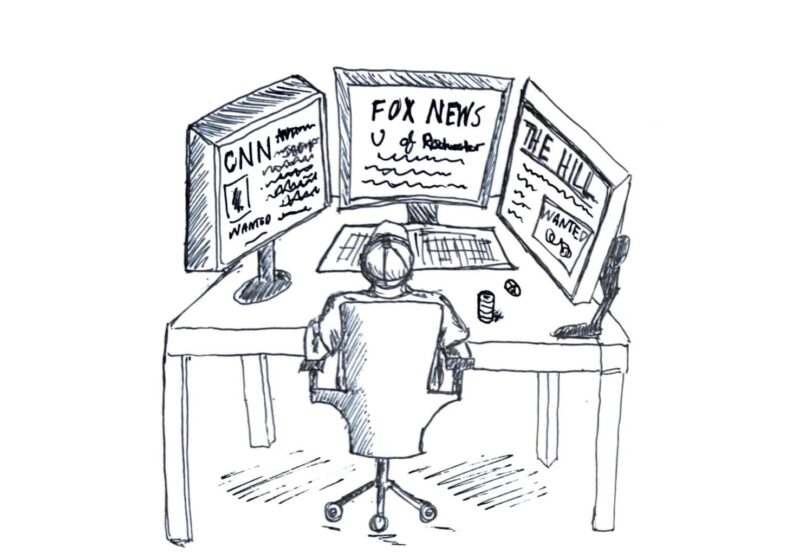New Orleans architect Bryan C. Lee Jr kicked off the Humanities Center’s speaker series this past Thursday, discussing how architecture and design have historically been used to oppress people of color, and his work to change that.
Lee is the founder and Director of Design for Colloqate, a New Orleans based organization which aims to combat injustice in the fields of architecture, graphic design, urban planning, and other related fields.
Lee began his presentation saying, “For nearly every injustice, there is an architecture to maintain it.” He then explained: the buildings, parks, highways, and shops in our cities are often designed in ways that make or made “undesirable” groups feel unwelcome. This includes separate entrances for different races in the 20th century and spikes designed to prevent homeless people from sleeping in certain locations today.
With images, he described how redlining (the practice of marking off certain areas in which “undesirable” groups could not rent or own property) and segregated public services contributed to disenfranchisement of African-Americans throughout the nation’s history.
Lee also discussed the efforts of W.E.B. Du Bois and Booker T. Washington to fight racial injustice through design. These were some of his inspirations for starting his organization, as Du Bois was among the first to study how physical space can negatively affect communities and people of color, and Washington’s students built hundreds of high quality schools for black students in the Jim Crow era South.
Lee then pivoted to the present, discussing some modern examples of “design activism” such as projections on the side of the Trump Tower calling for immigration reform.
He also spoke to his own activism. There were 25,000 vacant, uninhabitable properties in New Orleans before Hurricane Katrina struck in 2005, Lee said. Afterwards, that number doubled. Despite 10,000 homes being repaired in the decade and a half since, there is still a 30,000 unit shortfall in affordable housing in the city.
Lee described his ongoing efforts to increase affordable housing and reduce the number of vacant homes. He is still trying to gain the legal right to take over vacant and abandoned homes and make them livable — first a change must be made to the Louisiana Constitution allowing for these repossessions, as the original ownership is often unclear or cannot be contacted. Lee’s organization has been working with local politicians and groups to push for these changes.
Lee’s organization helped start the movement to remove Confederate monuments, and continues to push for the recognition of the New Orleans black community’s leaders and advocates through the Paper Monuments project.
The project involves two parts. First, putting large scale posters around the city which educate the public about the lives and work of significant figures in the New Orleans black community, and then submitting various proposals to erect public monuments to some of these individuals.
The event was part of an annual speaker series hosted by the humanities department. This year’s title is “Communities.” The series will focus on various communities throughout the country, how they are marginalized and oppressed, and what is being done to solve their problems.
In an interview, Humanities Center head Joan Rubin said that Lee was chosen because “he perfectly fit our theme of communities while at the same time contributing an activist approach to racial inequality.” Rubin also said that Lee was particularly able to relate to the Rochester community due to some similarities in the problems facing Rochester and New Orleans.
The next talk in the series, on Oct. 17, will be given by New Yorker Writer Masha Gessen, who will be speaking about marginalized communities both past and present, from Russian Jews to LGBTQ+ communities.




